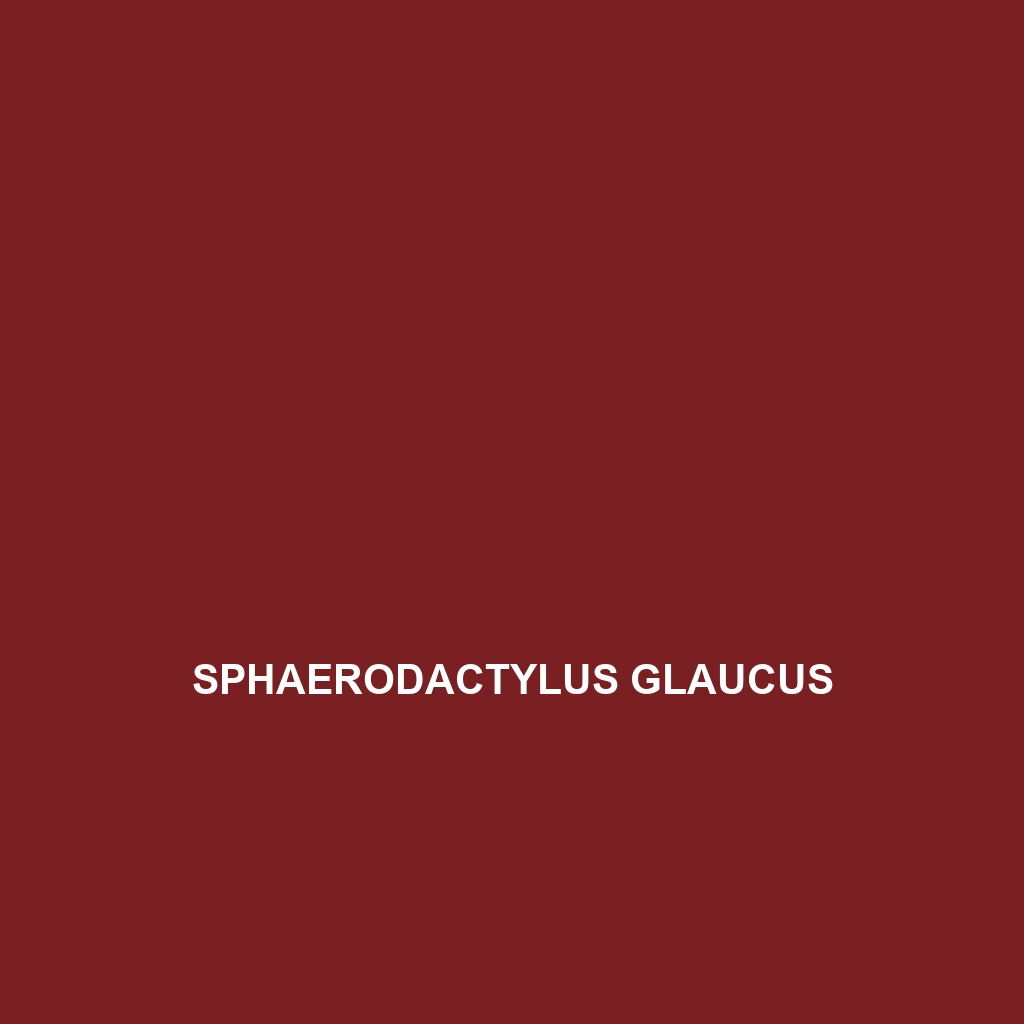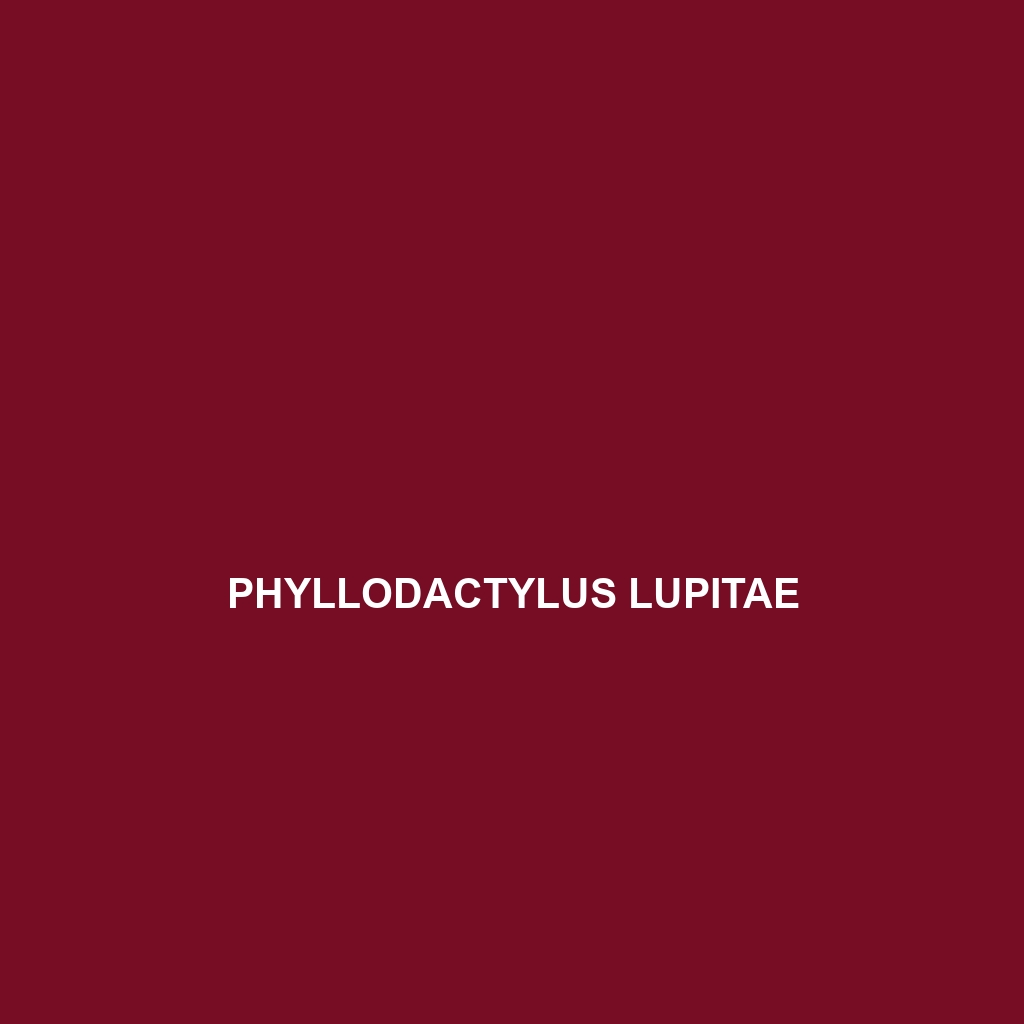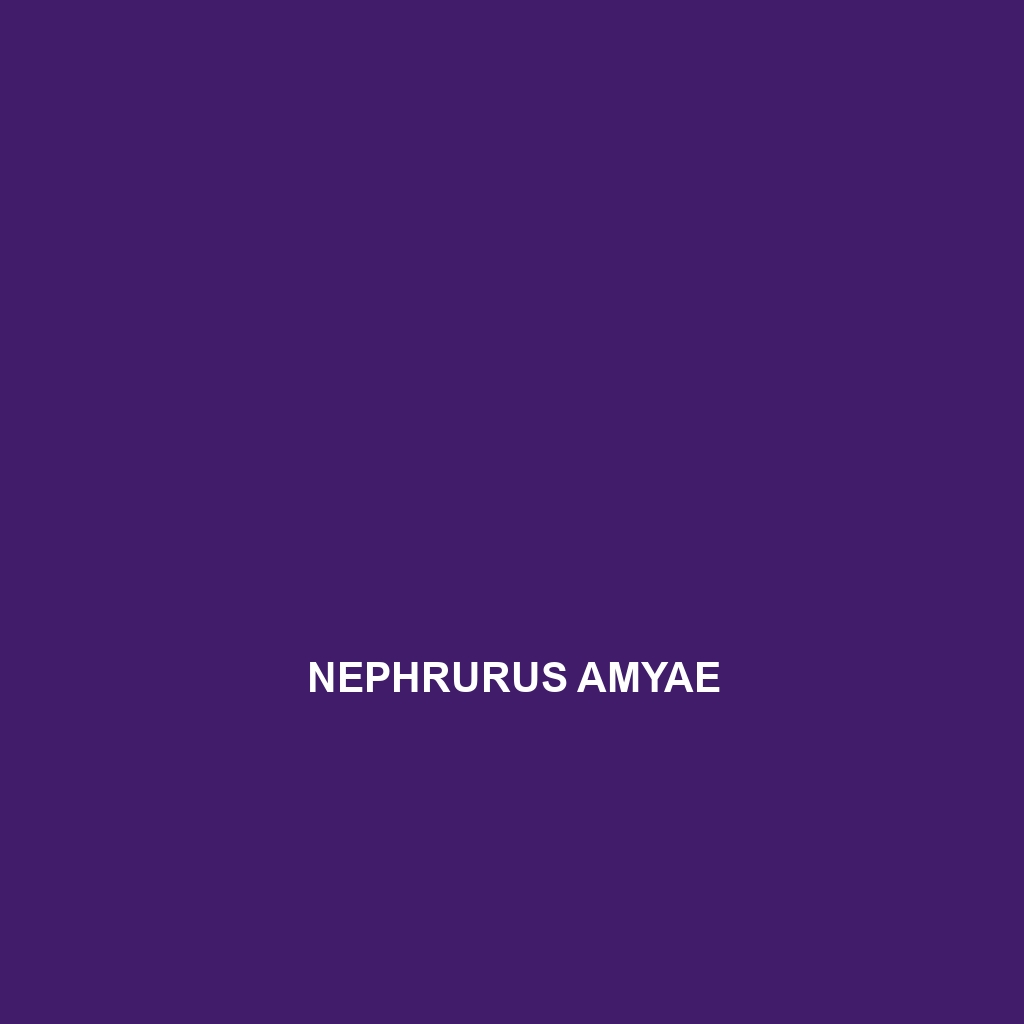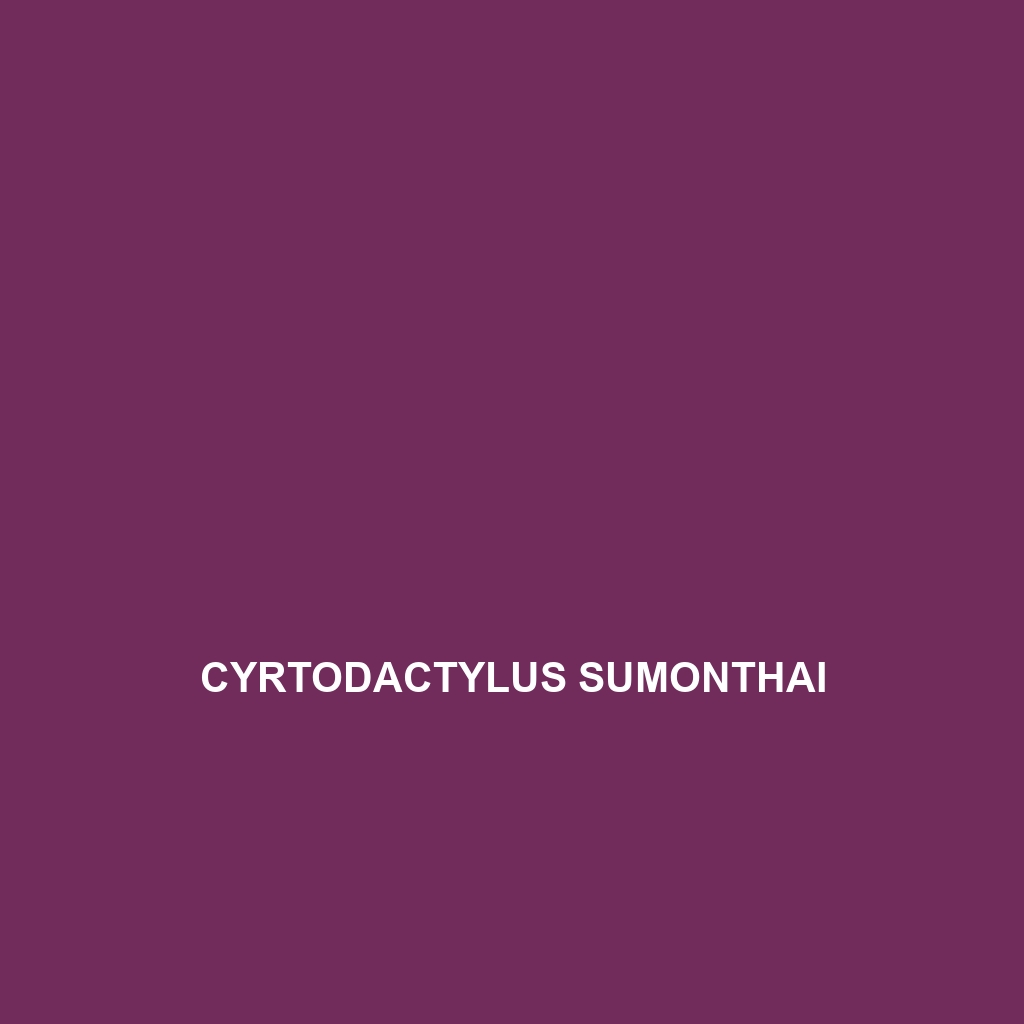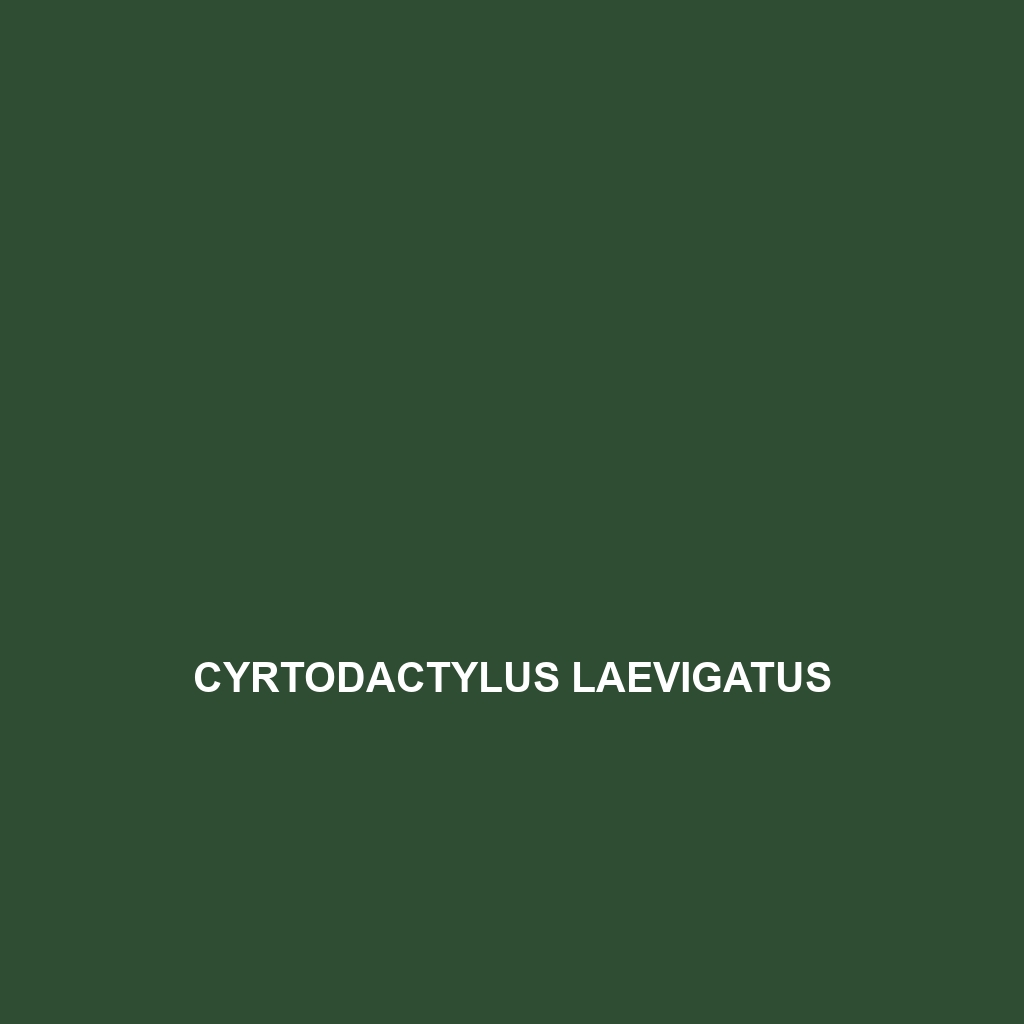The Blue-tail Gecko (Sphaerodactylus glaucus) is a small, vibrant lizard known for its striking blue tail and nocturnal behavior, primarily found in humid tropical habitats of the Caribbean, including Cuba and the Bahamas. As insectivores, they play a crucial role in pest control while exhibiting unique adaptations like tail regeneration for survival.
Tag: ecological significance of geckos
Phyllodactylus lupitae
<div class="woocommerce-product-details__short-description"> <p><b>Phyllodactylus lupitae</b>, commonly known as Lupita's Leaf-toed Gecko, is a nocturnal insectivore found in the tropical rainforests of Central America. Its striking coloration and flattened body provide excellent camouflage, making it an integral part of its ecosystem by helping manage insect populations.</p> </div>
Nephrurus amyae
<p>Discover the <b>Amy's knob-tail gecko (<i>Nephrurus amyae</i>)</b>, a unique nocturnal lizard native to Australia’s arid regions, characterized by its distinctive knob-like tail and vibrant coloration. This insectivorous gecko thrives in sandy habitats, skillfully blending into its surroundings while playing a vital role in maintaining ecosystem balance.</p>
Gekko coi
Discover the vibrant and adaptable Gekko coi, a stunning gecko native to Southeast Asia, thriving in humid tropical environments. This nocturnal insectivore showcases unique patterns and large eyes for exceptional night vision, playing a crucial role in maintaining ecological balance.
Cyrtodactylus sumonthai
Cyrtodactylus sumonthai, a medium-sized gecko found in the tropical rainforests of Southeast Asia, featuring a slender body, intricate patterns for camouflage, and nocturnal hunting behavior. This vulnerable species plays a crucial role in controlling insect populations and is sensitive to habitat changes, highlighting its importance in forest ecosystems.
Cyrtodactylus laevigatus
smooth-backed angle-headed gecko, Cyrtodactylus laevigatus, a nocturnal inhabitant of Southeast Asia's tropical forests, known for its agile movements, striking camouflage, and diet primarily consisting of insects. This species plays a crucial role in its ecosystem by controlling insect populations and adapting to various environments.
